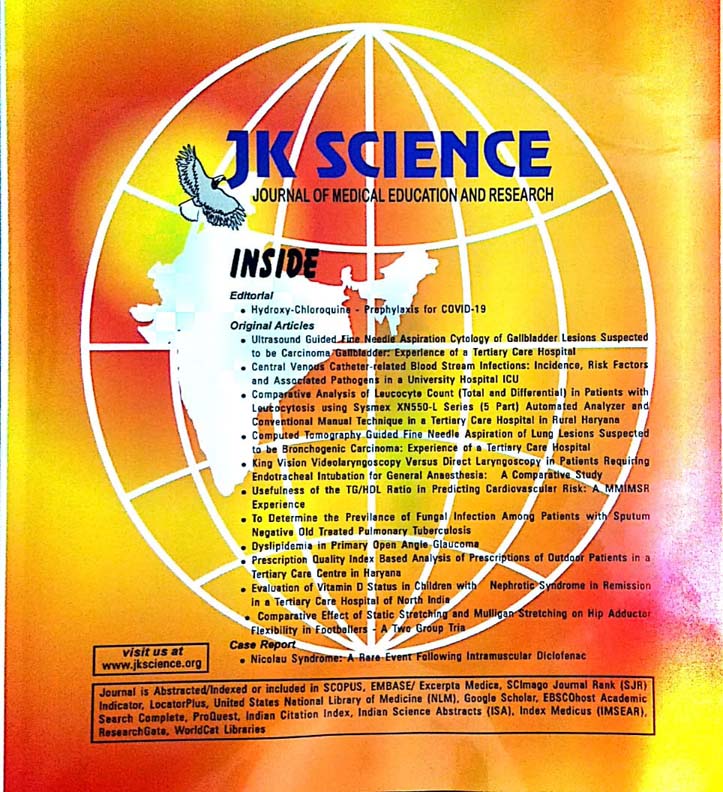Spectrum of Fetal Congenital Anomalies: A Hospital-Based Study from North India
Keywords:
Congenital Anomalies, Birth Defects, Target ScanAbstract
Background: Congenital anomalies is a global health issue and plays a major role in perinatal morbidity and mortality. Birth defects have significant impact on individuals, families, healthcare system and societies.
Objective: This study was done with the objective of estimating the incidence of congenital anomalies and presenting the spectrum of various congenital anomalies.
Material and Methods: This cross-sectional study was conducted in the department of obstetrics and gynaecology Govt. Medical College Kathua, Jammu J&K w.e.f. 1st Oct 2019 to 31st March 21. Patients attending the antenatal OPD with ultrasound diagnosed congenital malformations and patients admitted in labour room who aborted on delivered congenital anomalous baby were included in the study.
Results: During the study period 5663 births were recorded out of which 64 babies had congenital anomalies. Incidence of birth defects in present study was 1.1%. The predominant system involved was central nervous system 54.6% followed by cardiovascular system 12.5% musculoskeletal system 7.8%, Renal system 6.2% and Gastrointestinal system 4.6%.
Conclusion: Congenital anomalies cannot be prevented totally but with awareness amongst masses and good antenatal care majority of the defects can be detected in early antenatal period when medical termination of pregnancy can be offered to women with lethal defects which will reduce maternal morbidity and mental agony of the parents.
Downloads
Downloads
Published
How to Cite
Issue
Section
License
Copyright (c) 2022 JK Science: Journal of Medical Education & Research

This work is licensed under a Creative Commons Attribution-NonCommercial-ShareAlike 4.0 International License.





